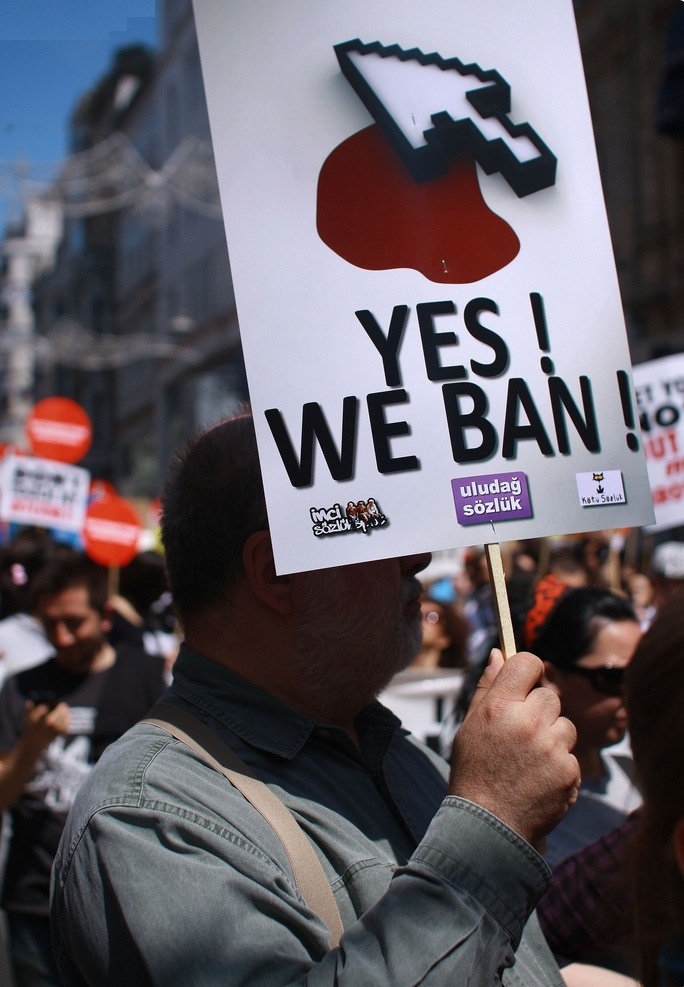
“File:Turkey internet ban protest 2011.jpg” by Erdem Civelek from Istanbul, Turkey is licensed under CC BY 2.0.
Chinese Internet Regulation:
- The Great Firewall and content filtering.
- Real-name registration policies.
- Regulation of internet companies and platforms.
- Rationales behind strict internet control: social stability, national security, and cultural preservation.
China’s internet ecosystem is emblematic of its regulatory ethos. The Great Firewall symbolizes its commitment to content filtering, ensuring that only state-sanctioned narratives permeate the digital sphere. Coupled with real-name registration policies, the government exerts significant control over online discourse, helping it maintain its vision of social harmony. However, these measures, while ensuring stability, raise concerns about stifling dissenting voices and infringing upon individual rights.
Western Internet Regulation:
- The decentralized nature of the internet in Western countries.
- Governmental roles in regulating harmful content (e.g., hate speech, terrorism).
- Platform self-regulation and community guidelines.
- Controversies surrounding de-platforming, algorithmic bias, and information bubbles.
The Western digital domain is characterized by its decentralization. Governments primarily intervene to regulate overtly harmful content, like hate speech or terrorist propaganda. More often than not, the onus of content regulation falls on the platforms themselves. Entities like Facebook or Twitter develop their community guidelines, which, while ensuring platform integrity, have come under scrutiny for inconsistency and potential corporate interest biases. The controversial ban of former U.S. President Donald Trump from Twitter underscores the enormity of the power these platforms wield, sparking debates on the limits of platform autonomy in public discourse regulation.